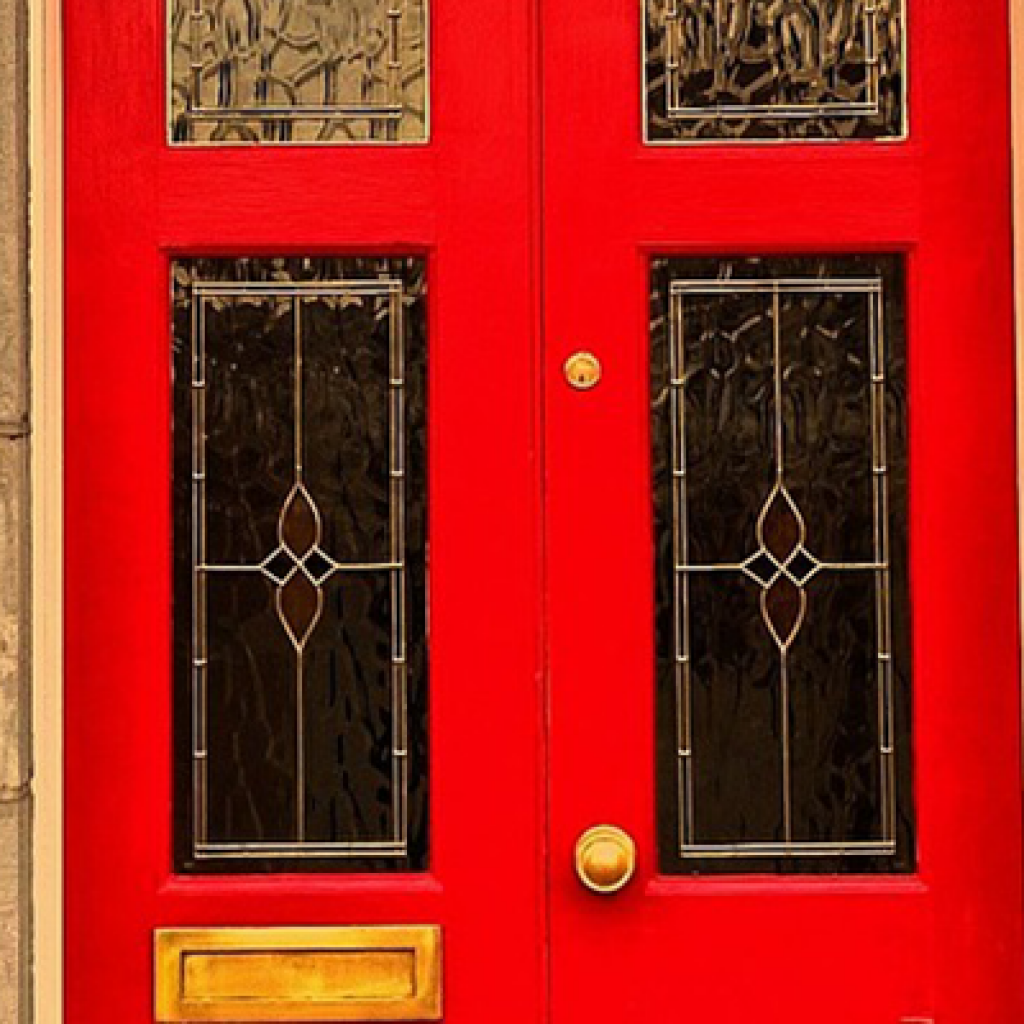Conveyancing Data Services are pleased to announce a new comprehensive report ‘Groundsure Underground’ featuring information on the location and approximate depth of London Undergrounds lines, and the location and status of the CrossRail project for the London area.
In London and the outskirts subterranean extensions are becoming increasingly popular with homeowners as they seek more space for their growing families within their homes.
Planning applications in London Boroughs are increasing year by year, in Westminster alone approvals trebled between 2010 and 2012 showing the only way is down, especially if you can get a 30-40% return from the extension.
These extensions are extremely appealing to the homeowner as the rising house prices and costs associated with moving proving to be more expensive. Basements have the potential to be an efficient use of land without any visual consequences or changes to the street scene. For properties at the top end of the market a basement can cost circa £500 per square foot to build, whereas average land value can be up to £1000 per square foot and of course there are no stamp duty and legal fees to pay, invariably making it cost effective to dig down.
London’s mayor, Boris Johnson, says that the capital’s infrastructure schemes will “support the demands of our growing city”.
“These projects are absolutely vital to providing the many more homes Londoners need, and to support the city’s economic growth,” he says. “All these new neighbourhoods need to be underpinned with power, water and drainage systems.”
However these subterranean rooms can descend by several storeys and cause a lot of problems for the existing home and others around it.
According to expert in underground tunnel engineering, Professor Robert Mair from the University of Cambridge claims that “You can’t do any kind of underground construction without there being some movement. The only question is how much exactly,”
In 2012 a Goldman Sachs boss was forced to apologise to neighbours after his basement excavation at his £7 million Kensington home caused his neighbouring properties to subside and display cracks.
Also during 2012 in Belgravia, a Russian property owner’s builders dug so far down into the ground that the houses either side collapsed into the hole causing great disruption.
It was problems like these and the risk of flooding that culminated in the Subterranean Development Bill being introduced in order to regulate the construction of new basements and extensions to existing ones. Proposing strict policies for developments these won’t come into force until the second half of 2014 at the earliest. Currently each borough in London and its council consider planning applications for the basements, but they each have separate rules on acceptance and the construction.
So presently with no strict rules on building in place, basements or the potential for a basement extension are being used as a marketing tool to help sell a home. Estate agent George Berry from Kent recently had a Sevenoaks property on the market for a year. With no viewings George persuaded the owners to get an architect to commission a CGI (Computer Generated Image) of what the house could look like with a basement extension. The property was put back on the market with new plans and images and sold soon after for £69,000 more than the asking price.
With more and more people planning to increase the size of their homes by excavating basements in the London area it isn’t just the flooding or subsidence that property owners should be wary of.
In March 2013 a Derbyshire foundation company were preparing foundations for a residential apartment block on East Road, Hackney when they bored piling shafts through to an Underground tunnel near Old Street station in London.
Trains were cancelled after a driver reported muddy water pouring onto the roof his train. When an empty train with another driver and a Network Rail manager went to investigate, a piling drill from the building site above broke through the tunnel and crashed onto the line, narrowly avoiding a major accident, as more than two million passengers travel on the Moorgate to Welwyn Garden City line a year
The incident led to the closure of the line for a weekend and further repairs for the next five days.
The developer and builder were not aware of the tunnel until the incident because routine conveyancing searches did not include the tunnel owner, Network Rail.
The tunnel is omitted on most mapping, including all current and historic Ordnance Survey maps and plans. It is Ordnance Survey policy not to show railway tunnels considered to be part of an ‘underground system’ on its maps.
That’s why we recommend that if your client is considering building a residential or commercial subterranean extension they undertake an Underground Search, which will not only identify where underground networks are in relation to their property, but also provide an estimated depth of the tunnel.
Residential reports are priced at £75.00 Excl VAT and Commercial reports are priced at £115.00 Excl VAT.




















